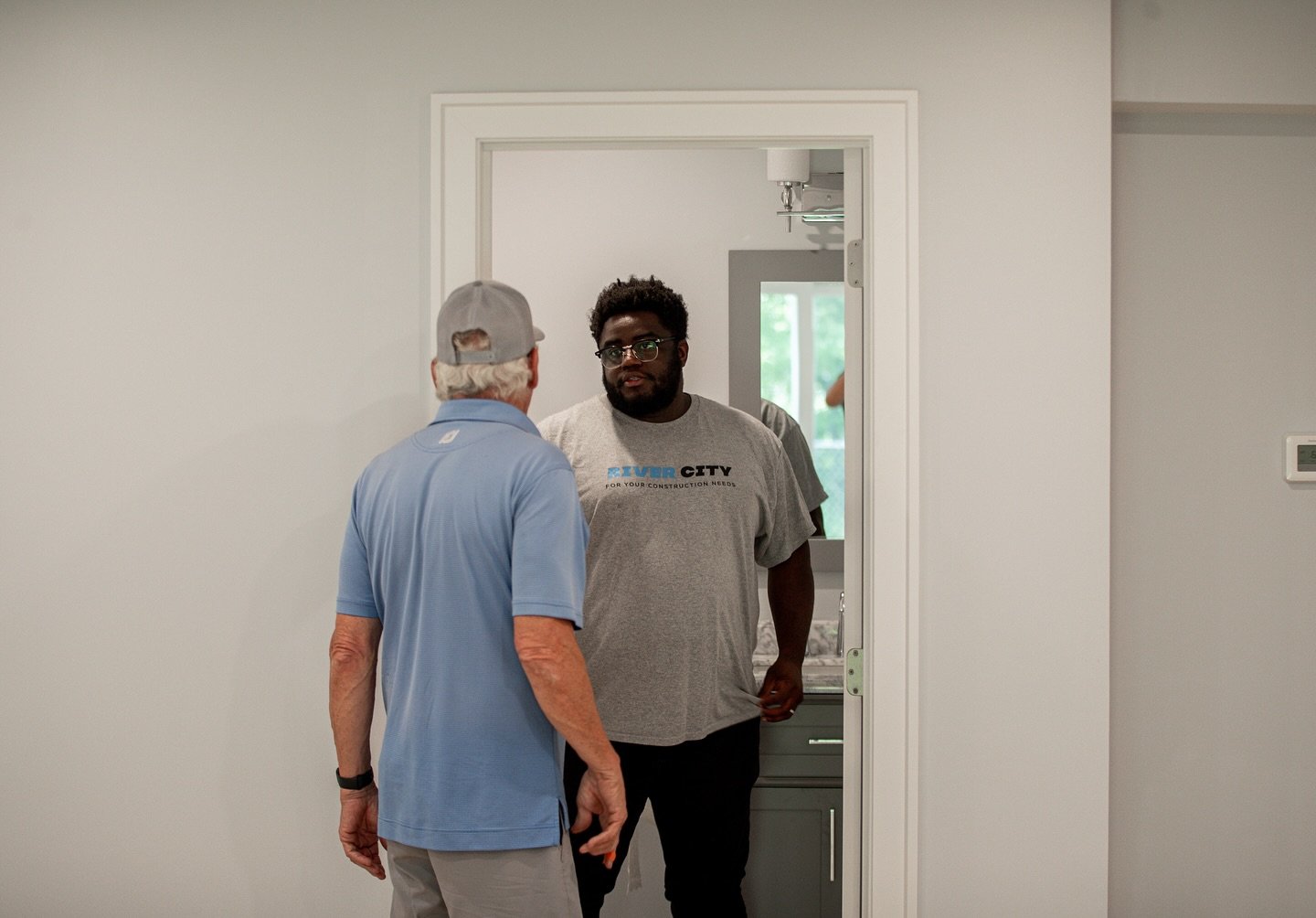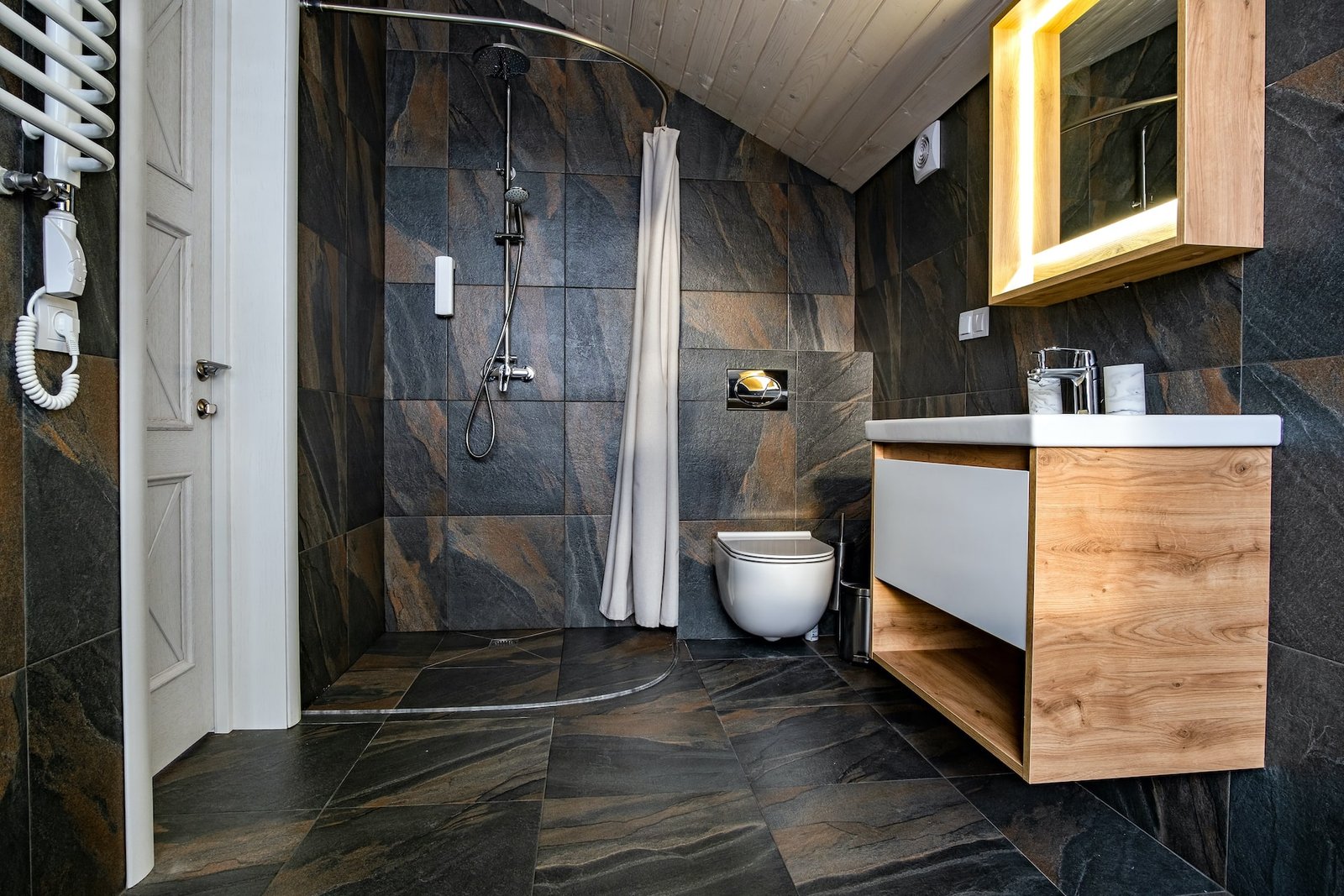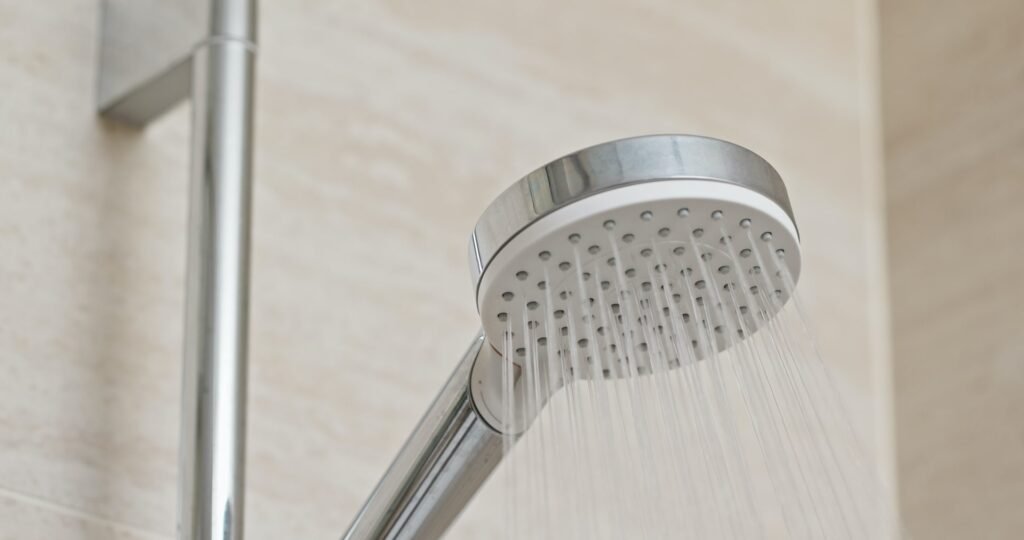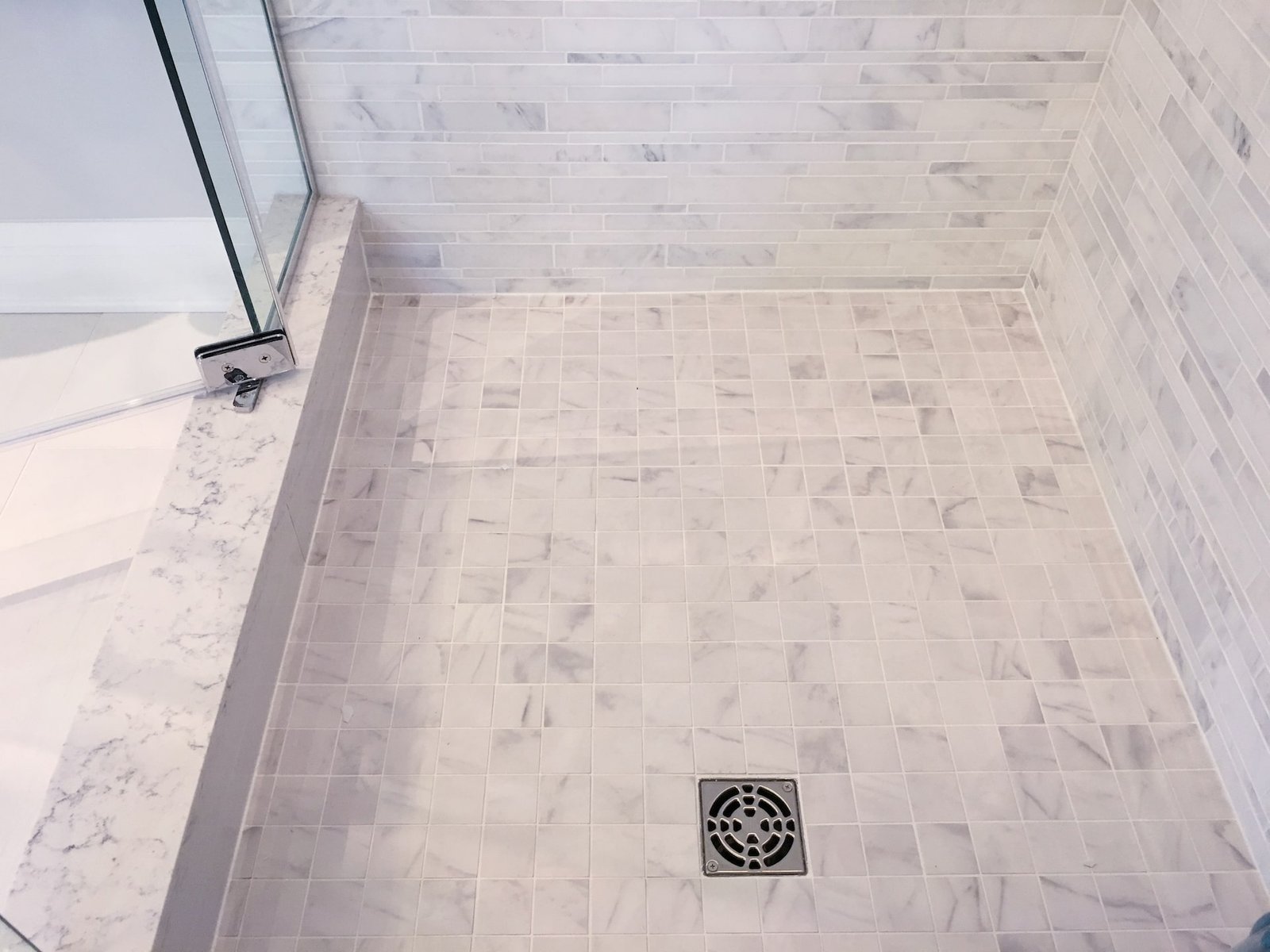The Guide you'll love to choose the standard shower drain size
Choosing the right standard shower drain size for your shower is a guide you’ll appreciate, especially when considering elements like drain fittings, washing machines, and shower bases.
The International Plumbing Code (IPC) is the standard that all local jurisdictions must follow when they write their own code. It governs how plumbing systems are installed and what materials can be used.
With regard to standard shower drain (shower drain pipe size), the IPC requires that they be 2 inches wide, but it does not require any specific slope or other details about how the drain connects to your waste line.

1. What size of pipe for standard shower drain size? Shower drains should be 2 inch
The dimensions of standard shower drain play a crucial role in the plumbing system of your bathroom, as they are essential for preventing flooding and various other complications. Properly sized drains ensure that water flows efficiently, reducing the risk of backups and maintaining a clean and functional space. By understanding the importance of these measurements, homeowners can make informed decisions when designing or renovating their bathrooms, ultimately contributing to a more effective drainage system and a more pleasant bathing experience.
According to section R317.4 of the IRC 2015, shower drains must be 2-Inch in diameter and must be connected to an approved liquid waste receptor.
The code also requires that shower drains be installed with a slope of not less than 1/8 inch per foot toward the building drain.
The code requires that shower drains be installed with a slope of not less than 1/8 inch per foot toward the building drain and be connected to an approved liquid waste receptor, such as a floor drain or drywell.
The standard shower drain must be located at least 12 inches above floors which are below ground level.
Determining the appropriate pipe size for a standard shower drain involves understanding the required dimensions for effective drainage. The standard shower drain pipe is typically 2 inches in diameter, ensuring adequate flow and preventing clogs. It is essential to consider local plumbing codes and regulations when selecting the drain pipe size for optimal performance.



2. Venting Requirements for Multiple Shower Fixtures in One Room
When multiple shower fixtures are provided in a single room, each fixture must be independently vented to the outdoors with its own flanged-drain connection and vent pipe.
Where more than one standard shower drain is installed, each must be connected to a separate vent pipe of adequate size (see Table 3).
The combined length of all connected drains may not exceed 15 feet (4.6 m). The maximum rise allowed between any two points in any one drain is 6 inches (152 mm).
When it comes to installing multiple shower fixtures in a single bathroom, it’s essential to consider the venting requirements to ensure proper drainage and prevent any potential issues with moisture buildup. Each fixture should be adequately vented to allow for the smooth flow of water and to avoid any negative pressure that could lead to slow drainage or even backflow. This involves strategically placing vents that connect to the main vent stack, ensuring that all fixtures are within the appropriate distance from the vent to comply with plumbing codes. Proper venting not only enhances the performance of the shower fixtures but also contributes to a healthier bathroom environment by reducing the risk of mold and mildew caused by excess humidity.

3. Proper Shower Waste Disposal Guidelines
Shower waste openings must not be connected through soil or waste stack vents and must be located at least 12 inches above floors which are below ground level.
Shower drains must be connected to an approved liquid waste receptor, such as a floor drain or other type of approved receptacle for collection and disposal of sanitary wastes.
The standard shower drain size shall discharge into an approved plumbing fixture trap that is sized in accordance with this code and has sufficient capacity to retain the volume of water anticipated from all showers served by it simultaneously operating at peak flow rates without exceeding manufacturer’s recommended maximum operating temperature (unless otherwise specified by local ordinance) for a period of 24 hours.
Proper guidelines for disposing of shower waste are essential for maintaining a clean and functional bathroom environment. It is important to ensure that hair, soap residue, and other debris are not washed down the drain, as these can lead to clogs and plumbing issues over time. Instead, consider using a drain cover to catch hair and larger particles, which can then be easily removed and disposed of in the trash. Additionally, be mindful of the products you use in the shower; opt for biodegradable soaps and shampoos whenever possible to minimize environmental impact. Regularly cleaning the drain and surrounding areas will also help prevent buildup and keep your plumbing in good working order. By following these simple yet effective guidelines, you can contribute to a healthier home and a more sustainable environment.
4. Importance of Proper Shower Drain for Safety
When you are installing or replacing a shower drain, it is important to understand the proper size requirements for your shower drains.
This can help ensure that you are in compliance with local code and will avoid potential problems down the road.
Depending on where you live and what type of building materials were used when constructing your house (such as wood), the maximum allowable diameter for drain openings may vary from 5 inches all the way up to 10 inches depending on local regulations.
In some cases where newer regulations apply but older houses still exist side-by-side with newer ones within close proximity (such as urban areas), there may even be multiple pipe sizes required by law depending on whether someone lives inside or outside city limits!
The significance of having the right size for standard shower drain size cannot be overstated when it comes to ensuring safety. A properly sized drain plays a crucial role in preventing water accumulation, which can lead to slippery surfaces and increase the risk of falls. Additionally, an adequately sized drain helps maintain proper water flow, reducing the chances of clogs and backups that could create hazardous conditions. By prioritizing the correct dimensions for shower drains, homeowners can create a safer bathing environment, ultimately contributing to overall well-being and peace of mind.
Standard Shower Drain Size: The Ultimate Guide

5. Shower plumbing standard drain size
The recommended size for a standard shower drain size pipe is 2 inchesThis is larger than the 1.5-inch pipe typically used for tubs because shower pans are shallower and have a higher risk of overflowing. A 2-inch pipe also helps water drain faster than a 1.5-inch pipe.
The minimum drain size for different types of showers is:
1. Shower with one 2.0 G.P.M shower head: 1.5 inches
2. Shower with more than one 2.0 G.P.M shower head: 2 inches
3. Multiple shower heads up to and including 10 G.P.M: 2 inches
4. Multiple shower heads up to and including 20 G.P.M: 3 inches
5. Multiple shower heads up to and including 50 G.P.M: 4 inches
6. Bathroom drainage pipe size
7. The size of a bathroom drain pipe depends on the type of fixture:
Toilet: The minimum drain pipe size for a toilet is 3 inches.
Bath tub: The minimum drain pipe size for a bath tub is 2 inches for horizontal drains and 1.5 inches for vertical drains.
Lavatory: The minimum drain and vent pipe size for a lavatory is 1.25 inches.
Sink: The most common drain pipe size for a bathroom sink is 1.25 inches. A larger pipe size, such as 1.5 inches, is used for sinks that are used more frequently or are larger. A 2 inch pipe is used for sinks that are far from the main sewer or have a high volume of water.
The typical dimensions for a standard shower drain size are established according to industry norms and regulations.
Local building codes may also dictate the required diameter and layout of pipes.
Shower drains are a very important part of your bathroom’s plumbing system. They help prevent flooding and other issues, so it’s important that they are installed and maintained properly. If you have any questions about your shower drain or how to fix it, contact a licensed plumber who can help!
The Bath Outlet is a fantastic destination for all your bathroom needs, offering a wide range of products to enhance your space. Whether you’re looking for stylish fixtures, elegant vanities, or practical accessories, this outlet has something for everyone. With a focus on quality and affordability, The Bath Outlet ensures that you can create the bathroom of your dreams without breaking the bank. Their extensive selection and commitment to customer satisfaction make it a go-to choice for homeowners and designers alike.
*GFCI outlets are essential components in modern electrical systems, designed to enhance safety by preventing electrical shock in areas where water and electricity may come into contact. Installing these outlets is a straightforward process that can significantly improve the safety of your home, especially in locations like kitchens, bathrooms, and outdoor spaces. These outlets are powered by electricity and work by monitoring the flow of current, quickly shutting off power if an imbalance is detected, thus protecting you and your loved ones from potential hazards.


